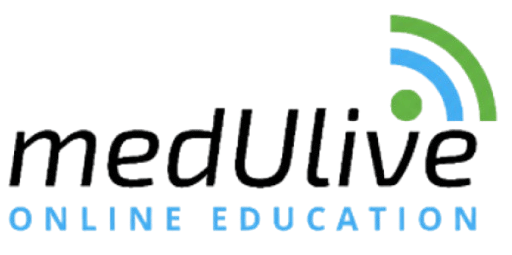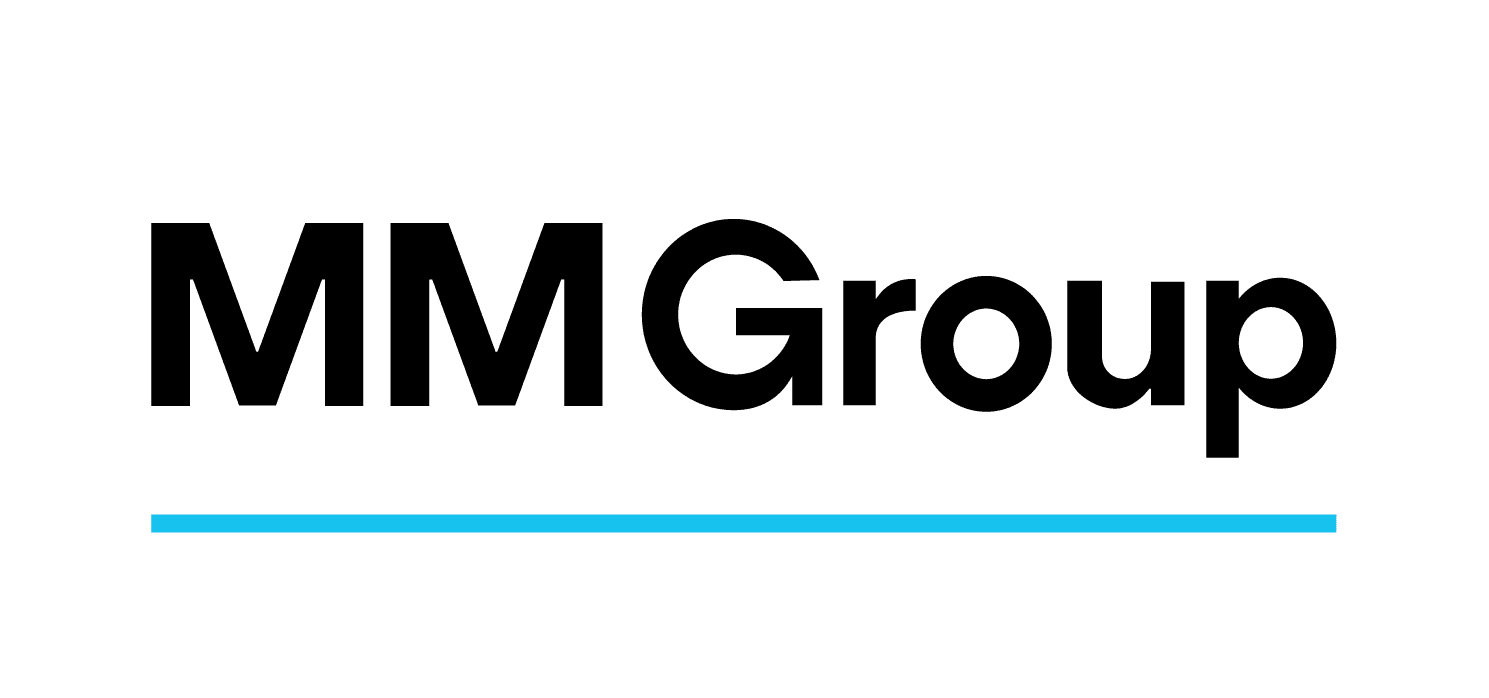Back to Blog
Community Management
Featured
Governance Excellence in Healthcare Community Leadership
Best practices for implementing effective governance structures that enhance decision-making and drive strategic growth in medical communities.

Governance Excellence in Healthcare Community Leadership
Best practices for implementing effective governance structures that enhance decision-making and drive strategic growth in medical communities, ensuring transparency, accountability, and sustainable success.
The Foundation of Effective Healthcare Governance
Healthcare community governance serves as the backbone of organizational success, providing the framework for decision-making, strategic direction, and accountability. Effective governance structures ensure that medical associations and healthcare communities operate with transparency, efficiency, and alignment with their mission and member needs.
Modern Governance Challenges
Traditional Governance Limitations
Many healthcare organizations struggle with outdated governance models: Hierarchical structures** that limit innovation and responsiveness Slow decision-making processes** that hinder organizational agility Limited member engagement** in governance activities Unclear accountability** mechanisms and performance measures
Contemporary Governance Demands
Modern healthcare communities require governance that addresses: Rapid technological change** and digital transformation needs Diverse stakeholder** expectations and requirements Regulatory complexity** and compliance obligations Financial sustainability** and strategic growth imperatives
Governance Structure Framework
Board Composition and Design
Skills-based recruitment** ensuring necessary expertise representation Diversity and inclusion** principles in board member selection Term limits and rotation** to maintain fresh perspectives Size optimization** for effective decision-making and representation
Committee Structure
Executive Committee** for urgent decisions and board oversight Audit and Finance Committee** for financial oversight and risk management Governance Committee** for board development and effectiveness Strategic Planning Committee** for long-term vision and planning
Advisory Bodies
Medical Advisory Council** for clinical expertise and guidance Member Advisory Groups** for grassroots input and feedback Expert Advisory Panels** for specialized knowledge and insights Young Professional Councils** for emerging leader perspectives
Strategic Governance Practices
Vision and Mission Alignment
Regular mission review** and relevance assessment Strategic plan development** with clear objectives and metrics Performance measurement** against strategic goals Stakeholder communication** of organizational direction
Decision-Making Processes
Transparent procedures** for all governance decisions Information quality** standards for board materials Deliberation protocols** that encourage diverse viewpoints Documentation standards** for decision rationale and outcomes
Risk Management Integration
Enterprise risk assessment** and management frameworks Compliance monitoring** systems and reporting Financial oversight** and audit processes Crisis management** planning and response protocols
Member Engagement and Democracy
Democratic Participation
Transparent election** processes for leadership positions Member nomination** rights and candidate qualification Voting procedures** that ensure broad participation Referendum mechanisms** for major organizational decisions
Communication and Transparency
Regular reporting** to membership on governance activities Open meeting** policies where appropriate Conflict of interest** disclosure and management Performance reporting** on organizational achievements
Feedback Mechanisms
Member surveys** and satisfaction assessments Town hall meetings** and open forums Advisory group** participation opportunities Digital engagement** platforms for ongoing input
Leadership Development and Succession
Pipeline Development
Leadership identification** and cultivation programs Mentorship initiatives** for emerging leaders Skill development** opportunities and training Progressive responsibility** pathways for member engagement
Succession Planning
Systematic approach** to leadership transition Knowledge transfer** protocols and documentation Continuity planning** for key organizational functions Emergency succession** procedures for unexpected changes
Board Education and Development
Orientation programs** for new board members Ongoing education** on governance best practices Performance evaluation** and improvement planning Retreat and planning** sessions for strategic thinking
Performance Measurement and Accountability
Governance Effectiveness Metrics
Decision-making efficiency** and quality measures Member satisfaction** with governance performance Financial stewardship** and organizational sustainability Strategic objective** achievement and impact assessment
Board Performance Evaluation
Individual director** assessment and feedback Board effectiveness** evaluation processes Committee performance** review and improvement External evaluation** and benchmarking when appropriate
Accountability Mechanisms
Regular reporting** to stakeholders and members Performance dashboard** development and monitoring Audit processes** and external oversight Corrective action** protocols for performance gaps
Technology and Digital Governance
Digital Transformation Leadership
Technology strategy** oversight and guidance Digital literacy** development for board members Cybersecurity governance** and risk management Data governance** policies and procedures
Virtual Governance Models
Hybrid meeting** formats and technologies Digital voting** systems and security Online collaboration** tools and platforms Remote participation** policies and procedures
Information Management
Board portal** systems for secure information sharing Document management** and version control Meeting management** technology and efficiency Performance dashboard** development and access
Financial Governance Excellence
Fiduciary Responsibility
Financial oversight** and stewardship principles Budget development** and approval processes Financial reporting** standards and transparency Investment policy** and portfolio management
Audit and Compliance
Independent audit** processes and oversight Internal controls** assessment and improvement Regulatory compliance** monitoring and reporting Whistleblower protection** and investigation procedures
Strategic Financial Management
Revenue diversification** strategies and oversight Reserve fund** management and protection Capital allocation** decisions and priorities Financial risk** assessment and mitigation
Innovation and Adaptability
Change Management Leadership
Innovation culture** development and support Change readiness** assessment and preparation Adaptation strategies** for evolving environments Learning organization** principles and practices
Strategic Foresight
Environmental scanning** and trend analysis Scenario planning** and preparedness strategies Emerging opportunity** identification and evaluation Strategic pivoting** capabilities and processes
Continuous Improvement
Governance review** and enhancement processes Best practice** research and implementation Benchmarking** against peer organizations Innovation adoption** and integration strategies
Stakeholder Relationship Management
Multi-Stakeholder Governance
Stakeholder mapping** and engagement strategies Partnership governance** structures and agreements Collaborative decision-making** processes Conflict resolution** mechanisms and procedures
External Relationship Management
Regulatory relationship** management and compliance Professional organization** collaboration and coordination Government relations** and advocacy representation Industry partnership** development and management
Community Engagement
Public accountability** and transparency measures Community benefit** assessment and reporting Social responsibility** initiatives and oversight Reputation management** and crisis communication
Global and Cultural Considerations
Cultural Competency
Diverse representation** in governance structures Cultural sensitivity** training and awareness Inclusive decision-making** processes and practices Global perspective** integration in strategic planning
International Governance
Cross-border compliance** and regulatory management International partnership** governance and coordination Global standard** adoption and implementation Cultural adaptation** of governance practices
"Excellence in healthcare governance is not about perfect structures—it's about adaptive frameworks that enable effective decision-making, ensure accountability, and drive continuous improvement in service to the healthcare community."
Conclusion
Governance excellence in healthcare community leadership requires thoughtful design of structures and processes that balance efficiency with inclusivity, accountability with innovation, and strategic direction with operational flexibility. Success depends on continuous evolution of governance practices to meet changing needs while maintaining core principles of transparency, accountability, and member service.
Organizations that achieve governance excellence will be better positioned to navigate complex challenges, capitalize on emerging opportunities, and fulfill their mission of advancing healthcare and serving their professional communities.









.jpg)